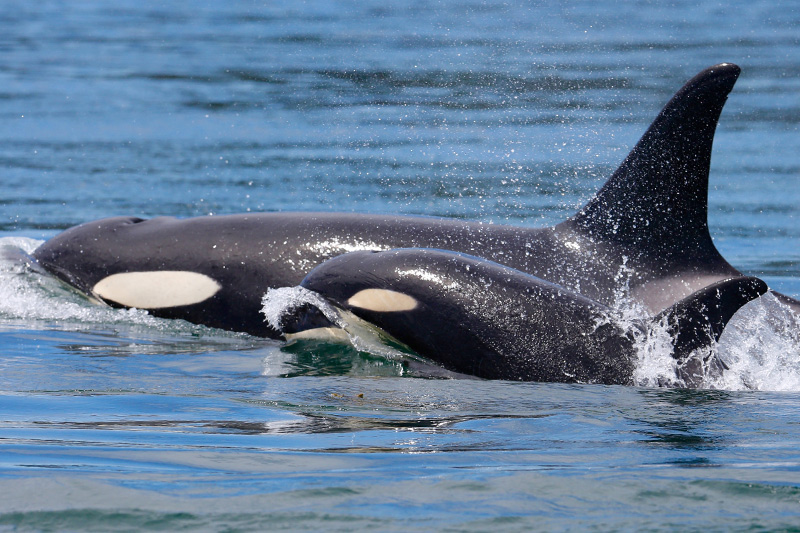
There is little I look forward to more than finally getting the anchor set after a day of cruising so I can shut down the engines, pour a cold beverage, and settle in to read a book. With the pace of life and the proliferation of electronics in our world, getting true quiet time to relax and read without distraction is increasingly rare. Boating offers the perfect scene for diving into a good book, and our boats have always had ample bookshelf space for exactly this reason. On this particular occasion, we are anchored amongst the mooring buoys at Blake Island State Park. The kids have taken the dinghy and are wandering the beach and upland trails. I am on the aft deck reading The Killer Whale Who Changed the World.
Mark Leiren-Young’s account of what turned out to be the start (and effective end) of orca captivity in North America is the forgotten history of how a single orca, accidentally captured alive in 1964, forever altered the scientific and public perception of killer whales, and started a whirlwind of scientific advancement and conservation efforts.
Here in Puget Sound we have come to know our orca pods as family. We track them and celebrate their appearances, especially when they wander south toward the populated shorelines of Seattle. There are few scenarios more thrilling than happening upon a pod of orcas while sailing the San Juans or Gulf Islands. The reality is that only a few decades ago, orcas were considered vicious, indiscriminate killers who would feast on human beings without hesitation. That perception led to vast hunting operations to cull the killer whale populations, ostensibly to save salmon runs or protect fishermen from the dangers of marauding pods of orcas.
In 1964, a group of researchers and scientists sought to kill and study an orca by harpooning it in the deep water near shore on Saturna Island. The operation did not go as planned, and instead of a dead whale that they could dissect and study in a lab, they ended up with a live juvenile orca that became a public attraction in Vancouver, B.C. The would-be hunters learned quickly that orcas have compassion and intelligence beyond what anyone imagined.
Leiren-Young’s writing makes this story come alive in ways the newspaper clippings and other accounts could not. We get to know the characters – both human and cetacean – that played key roles in creating and advancing our understanding of orcas and their place in our ecosystem. Historically speaking, the shift from public support of hunting and killing orcas to campaigns against captivity was incredibly fast, though not fast enough to erase the damage done before we caught on.
Reading this book while cruising the waters these whales call home adds a layer of ownership to the narrative. You are tempted to set a heading to the islands where orcas are known to hunt. Suddenly, a trip to Saturna Island to see the site of the whale hunt that started everything becomes a to-do item. We know that our waters are endangered and that we need to do what we can to protect the fragile balance that keeps everything working, but after reading The Killer Whale Who Changed the World, it is impossible to not see the ecosystem with a little more personal connection.
I came across this book after my daughter’s science program chose it as their summer read. It is accessible and interesting, makes for a great book group selection, and certainly deserves a place on your nautical bookshelf.


